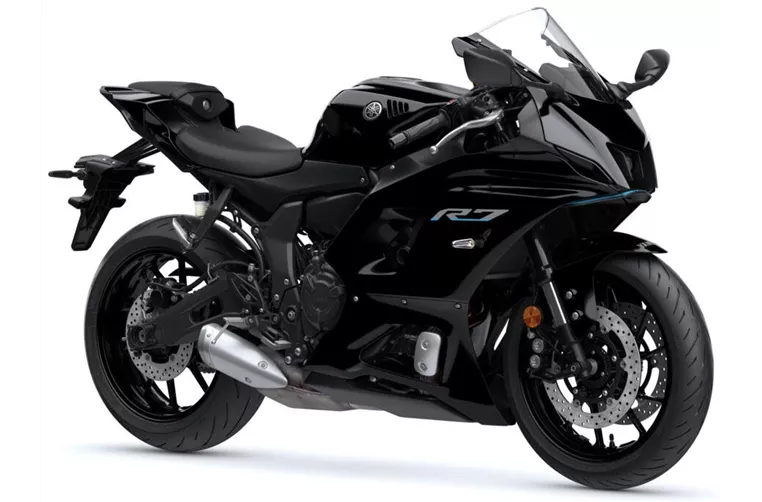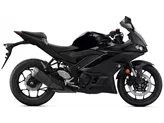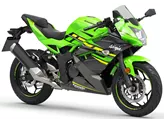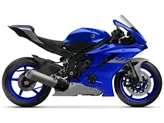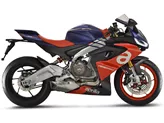Yamaha YZF-R6 2019 vs. Yamaha R7 2021

Yamaha YZF-R6 2019
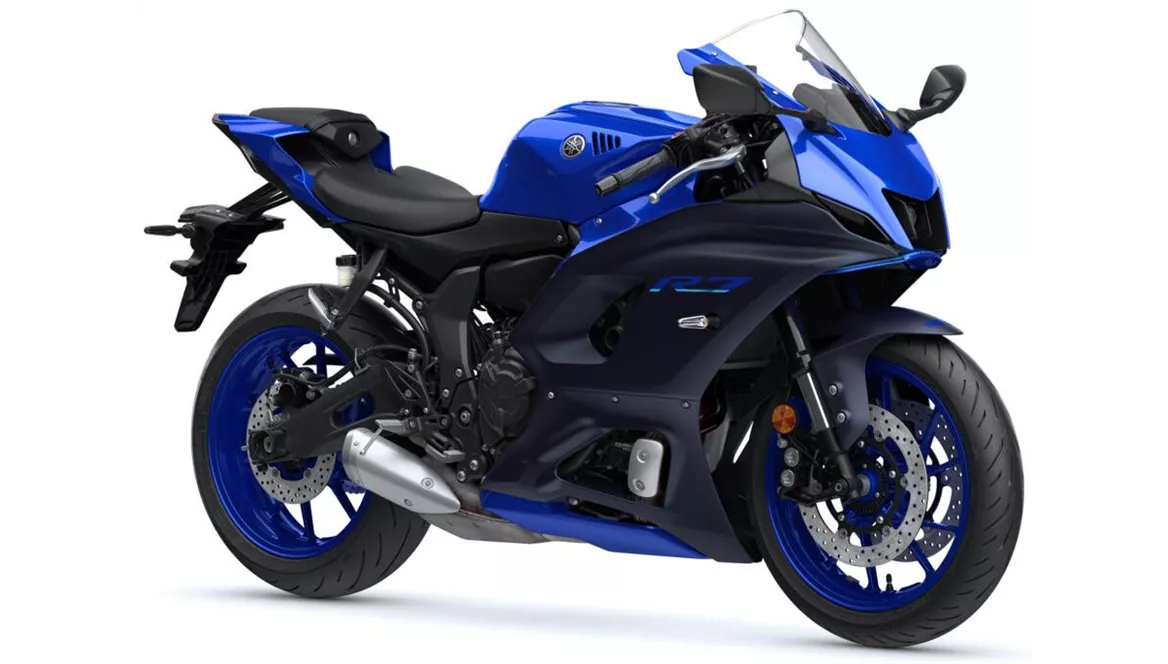
Yamaha R7 2021
Overview - Yamaha YZF-R6 2019 vs Yamaha R7 2021
The Yamaha YZF-R6 2019 and the Yamaha R7 2021 are both supersport motorcycles from Yamaha, designed for high-performance riding. While they share some similarities, there are also notable differences between the two models.
Starting with the engine and drivetrain, the Yamaha YZF-R6 2019 is equipped with an inline four-cylinder engine with a displacement of 599cc. It produces a powerful 118 horsepower and 65.7 Nm of torque. The engine features a DOHC configuration with four valves per cylinder and has a compression ratio of 13.1. On the other hand, the Yamaha R7 2021 has a twin-cylinder engine with a displacement of 689cc. It generates 73.4 horsepower and 67 Nm of torque. The R7's engine has a DOHC configuration with four valves per cylinder and a compression ratio of 11.5. While the YZF-R6 offers more power, the R7 provides a higher torque output.
In terms of suspension, both motorcycles feature upside-down telescopic forks in the front and a swing arm with a monoshock in the rear. The YZF-R6 has a front fork diameter of 43mm, while the R7 has a slightly smaller diameter of 41mm. Both models offer adjustable compression, preload, and rebound settings for the suspension, allowing riders to fine-tune their riding experience.
When it comes to the chassis, the Yamaha YZF-R6 2019 features an aluminum frame, which provides a lightweight and rigid structure for optimal handling and maneuverability. On the other hand, the Yamaha R7 2021 has a steel frame, which may offer slightly different handling characteristics.

Yamaha YZF-R6 2019
In terms of braking, both motorcycles are equipped with double disc brakes in the front, featuring radial technology. This provides excellent stopping power and precise control. However, it is worth noting that the YZF-R6 benefits from the brakes used in the YZF-R1, which are known for their exceptional performance.
In terms of advanced rider assistance systems, both models come with ABS. However, the Yamaha YZF-R6 2019 offers additional features such as riding modes, ride by wire, and traction control. These features enhance the overall riding experience and provide added safety and control.
In terms of dimensions and weights, the Yamaha R7 2021 has a slightly longer wheelbase of 1395mm compared to the YZF-R6's 1375mm. The R7 also has a smaller fuel tank capacity of 13 liters, while the YZF-R6 can hold up to 17 liters of fuel. Additionally, the R7 weighs slightly less at 188kg compared to the YZF-R6's 190kg.
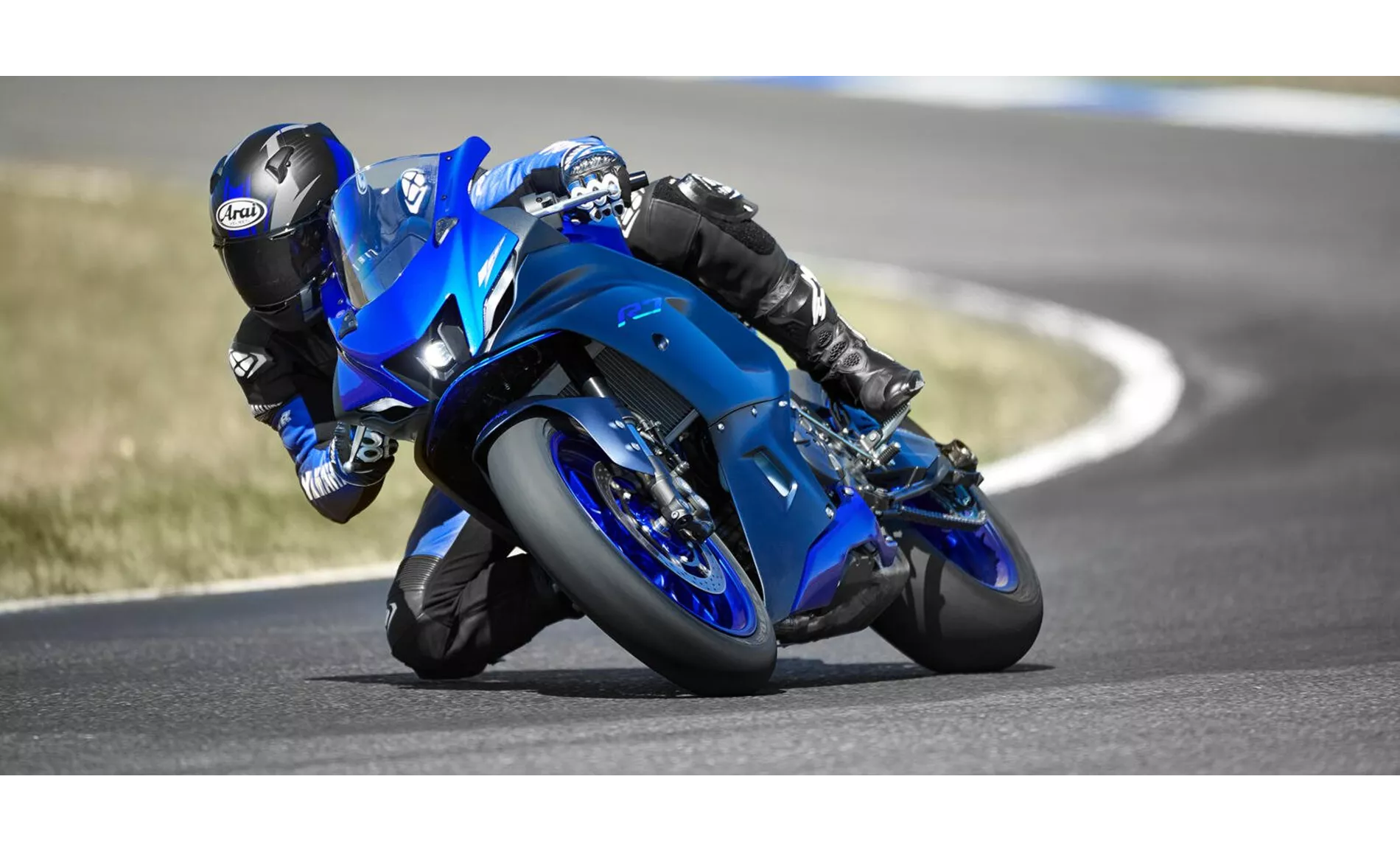
Yamaha R7 2021
Moving on to the strengths of each model, the Yamaha YZF-R6 2019 is praised for its top chassis, providing a tight and sporty riding experience. It also features powerful brakes borrowed from the YZF-R1, a sharp and modern design, and a mature electronics package. The engine is known for its high revs and exhilarating performance.
On the other hand, the Yamaha R7 2021 is commended for its high-torque CP2 engine, offering strong acceleration. It also features a sporty riding position, well-tuned suspension, standard tires suitable for track use, and is considered a good entry-level trackday bike.
In terms of weaknesses, the Yamaha YZF-R6 2019 could benefit from more mid-range power from the engine. Additionally, the price difference compared to its competitors, such as Kawasaki, may be a drawback. As for the Yamaha R7 2021, some riders would have preferred a quickshifter as a standard feature.
In conclusion, the Yamaha YZF-R6 2019 and the Yamaha R7 2021 are both high-performance supersport motorcycles with their own strengths and weaknesses. The YZF-R6 offers more power and advanced rider assistance systems, while the R7 focuses on torque and track-ready features. Ultimately, the choice between the two models depends on the rider's preferences and intended use.
Technical Specifications Yamaha YZF-R6 2019 compared to Yamaha R7 2021
Pros and Cons in comparison
Pros and Cons in comparison
Yamaha YZF-R6 2019

It almost seems as if the Yamaha YZF-R6 was born on the race track. It is easy to see that the R6 is the little sister of the YZF-R1. Whether it's the design, the ergonomics, the braking or the electronic aids - the racing genes are everywhere! The R6 is an outstanding piece of engineering in the 600cc class and, depending on your preferences, is probably the best 600cc bike currently available - at least for the racetrack. The Yamaha gives the rider unbelievably high precision and feedback over the front wheel and the chassis, and is super manageable at the same time! The engine is extremely rev-happy, but also wants to be kept happy. It is a pity that the latest version of the R6 has lost some of its power due to Euro 4... Nevertheless, it will be the faster track bike for most of us. And if there is a need, an open exhaust system (without road homologation) and mapping can tickle a few more horsepower out of the super sports bike. Sharp design meets even sharper components - TOP!
Yamaha R7 2021
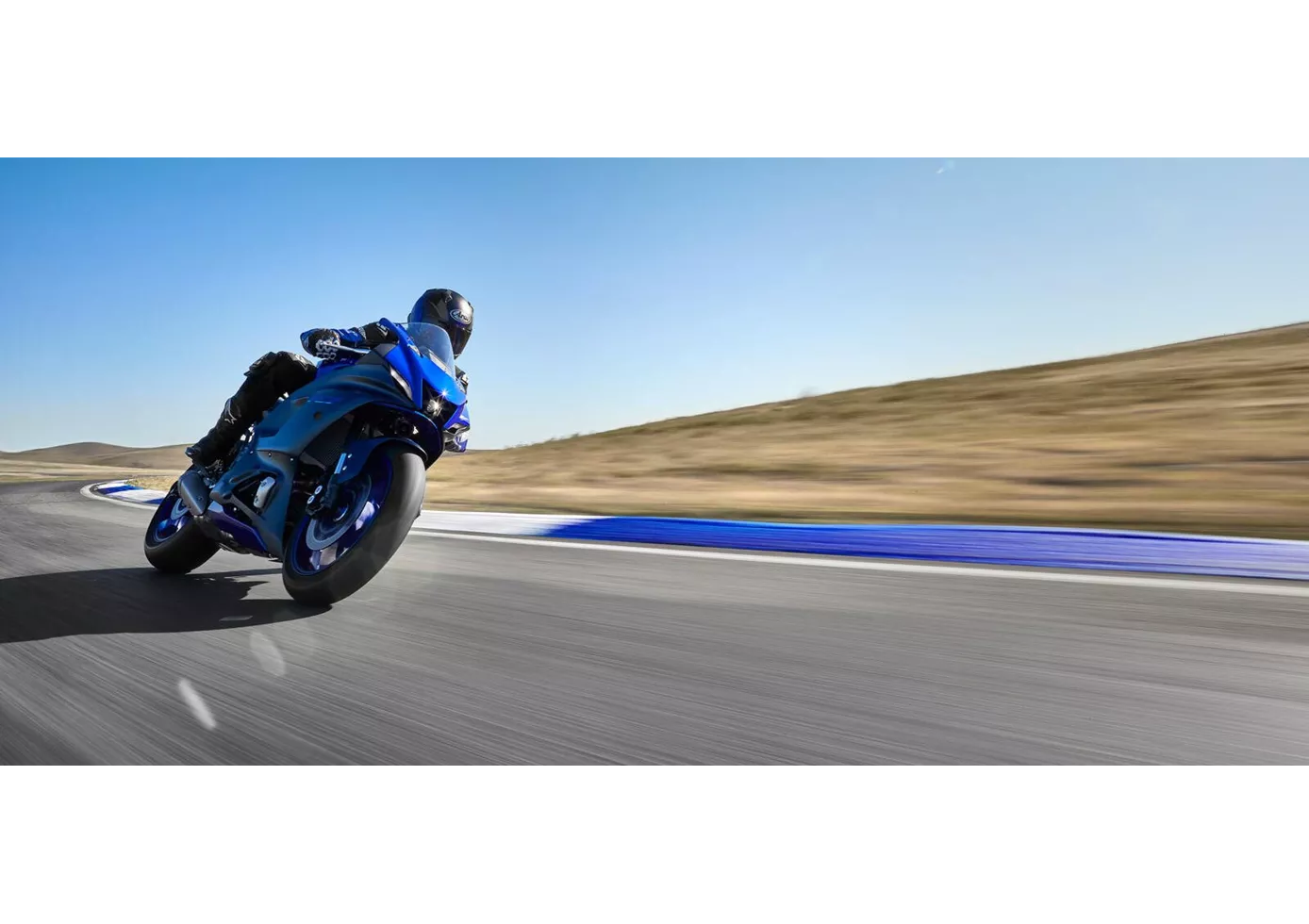
Despite the rather idiosyncratic combination of the sensible 73.4 hp mid-range power unit and the extremely aggressive, sporty look, the R7 is by no means a sheep in wolf's clothing. The performance, which is somewhere between the R3 and the R6, turned out to be much stronger in practice than the pure values on paper would suggest, and in terms of geometry, chassis, brakes and tyres, Yamaha's engineers have really done their homework. On top of that, the Yamaha R7 has all the qualities to have a lot of fun out-of-the-box on a compact race track like the Pannoniaring, for example, even without a big investment. But of course it feels better on the country road, and that's where it belongs in the first place, in our opinion. In view of the overall package, the purchase price is more than fairly priced - so it's not a problem that the quickshifter is not included and has to be purchased as an option.
Price Comparison Avarage Market Price Yamaha YZF-R6 vs Yamaha R7
There are a few key differences between a Yamaha YZF-R6 2019 and a Yamaha R7 2021. It takes less time to sell a Yamaha YZF-R6 with 140 days compared to 161 days for a Yamaha R7. Since model year 2005 1000PS.de editors have written 33 reviews for the Yamaha YZF-R6 and 9 reviews for the Yamaha R7 since model year 2021. The first review for the Yamaha YZF-R6 was published on 17/10/2002 and now has more than 3,600 views. This compares to more than 92,800 views for the first review on Yamaha R7 published on 18/05/2021.

